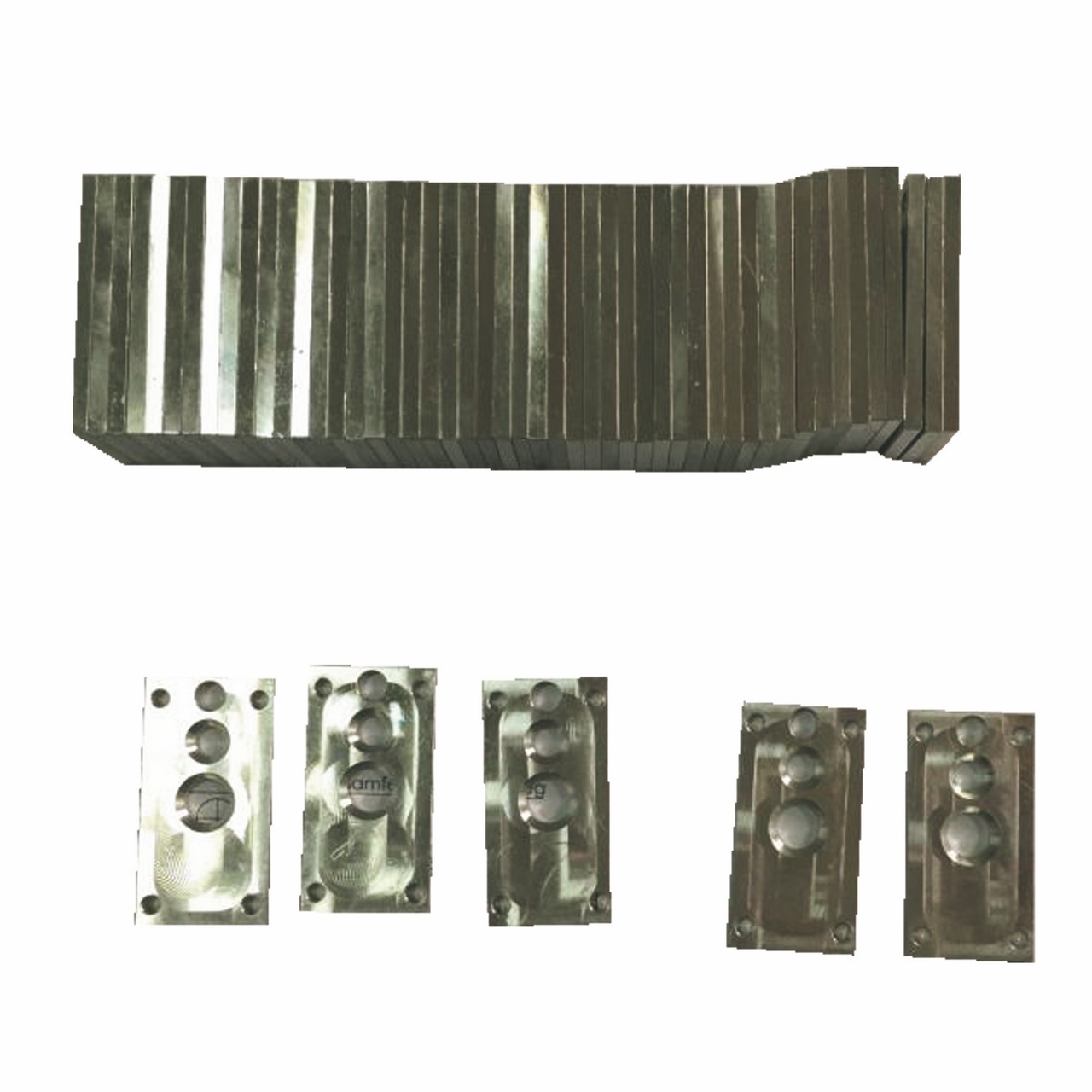
Transforming rotates the workpiece against a slicing tool. It utilizes round bar stock for machining components.
Milling spins the cutting tool against a stationary workpiece. By using rectangular or rectangular club stock to generate components.
Turning and Milling Similarities
Both use a processed to remove unwanted substance from the stock material: subtractive producing. Both processes produce chips of waste materials as the tools machine out the required features. On the other hand, the stock substance, machining methods and tools vary from each other.
The two use the latest in Computer Statistical Control (CNC) technology, by which engineers program the machines using Computer-Aided Design software (CAD). This requires less supervision during and minimizes individual error, giving manufacturers a faster and more reliable way to deliver quality.
Like many types of CNC engineering, turning and milling are both appropriate for metals like aluminum, steel, metal, copper, and ti as well as an array of thermoplastics. Unsuitable materials include rubber and silicone (too soft) and ceramic (too hard).
Like most subtractive manufacturing techniques, turning and milling generate heat and often employ slicing fluid to reduce this issue.
COMPUTER NUMERICAL CONTROL Turning Distinctions
Together with CNC turning machines (lathes), a get rid of (griping mechanism) retains the round club stock and a spindle spins the chuck (and club stock) at a preset RPM as it moves through the device. The rate of this movements will vary by machine, material being used and features of the part.
A stationary slicing tool is continually applied to the surface of the rotating (turning) club stock, shaving away unwanted material. Many cutting tools move in and circular the bar stock to generate the needed features on the component.
There are many of COMPUTER NUMERICAL CONTROL lathes with various types of pedaling options, spindle options and outer size limitations. CNC lathes usually produce circular shapes, though some hexagon shaped club stock may also be turned.
Several CNC turning facilities have one spindle, allowing work to be achieved all from one side, while other turning facilities, have a major and sub-spindle. Within this setup, a part can be partly machined on spindle, relocated to the sub-spindle and possess additional features added to another of the component. This allows for dropping a part “complete” from the machine, with no additional equipment needed to machine all the features.
Several CNC Swiss transforming machines utilize “live” tooling, which can end the rotation to include additional features like drilled holes, slot machine games and small machine made features. This approach allows for a wider range of shapes, sizes and material types.
Flipped parts are usually quicker and more efficient to generate than milled parts. They will are also often less space-consuming than milled parts.
COMPUTER NUMERICAL CONTROL Milling Distinctions
COMPUTER NUMERICAL CONTROL milling equipment swiftly rotates a slicing tool against the surface of a stationary workpiece. The particular spindle holds the cutting tool (milling cutter), which rotates at high Rpm and removes substance. A milling cutter machine can have 2–150 cutting surfaces, and several have even more.
Milling functions are usually reserved for flat or created surfaces on rectangular or rectangular obstructs.
Turning Vs Milling Review
Turning Milling
Method Rotates workpiece at pre-set RPM Rotates cutting tool at pre-set RPM
Result Cylindrical or conical Flat or sculptured
Machine Lathe Milling machine
Tool Single point turning tool (SPTT) Multi-point cutting tool (milling cutter)
Contact Cutting tool remains in constant connection with workpiece during operation Cutting tool reduces intermittently during procedure
Movement (feed motion) Cutting tool moves Workpiece movements
Waste Produces fragmented, unsuccessive[obs3], broken, interrupted, or continuous chips Produces discontinuous chips
A new Side Note Regarding Milled Features on a Turned Portion:
Small milled features (like flats and slots) can often be machined on a part produced on turning equipment. This is based mostly on the part’s size, overall intricacy and material type. An example of milled features on a turned part would be the component pictured here. The business is produced in a CNC Turning Middle using round club stock. Most of the features are turned, as the toned cutaway section is milled.
Putting This All Together
In the end, the decision to use milling or turning the business design and features. Most large, rectangular or flat elements with features will be milled. Many cylindrical parts with features will be turned.
Xiejins offer CNC Swiss and CNC turning middle contract precision engineering services. Parts range between 0. 145” (5 mm) to 3. 25” (82. fifty five mm) in size. Our CNC Switzerland machines can run parts up to 1. 5” (38mm) and our COMPUTER NUMERICAL CONTROL turning centers can handle parts completely 3. 25” (82. 55mm).
To see a wide selection of the components that we Xiejin has produced on this COMPUTER NUMERICAL CONTROL Swiss and COMPUTER NUMERICAL CONTROL Turning equipment, please view our Merchandise Gallery.
We are able to work features onto a turned part for both our COMPUTER NUMERICAL CONTROL swiss and COMPUTER NUMERICAL CONTROL turning centers. On the other hand, we do not have in-house features to generate components that are milled.